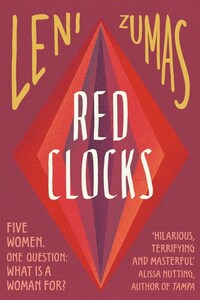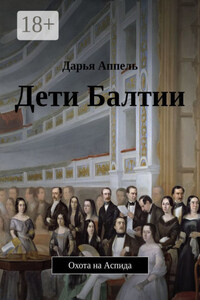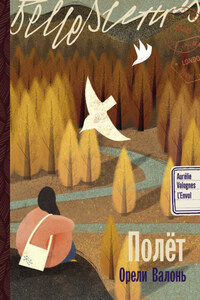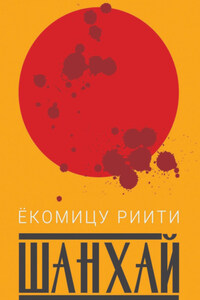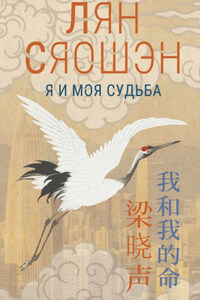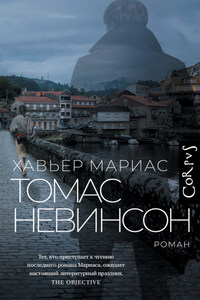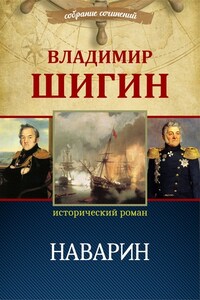The Borough Press
An imprint of HarperCollinsPublishers
1 London Bridge Street
London SE1 9GF
www.harpercollins.co.uk
First published by Lee Boudreaux Books 2018
Published by HarperCollinsPublishers 2018
Copyright © Leni Zumas 2018
Jacket design © HarperCollinsPublishers Ltd 2018
Jacket design and illustration © Lauren Harms
Leni Zumas asserts the moral right to be identified as the author of this work
A catalogue record for this book is available from the British Library
This novel is entirely a work of fiction. The names, characters and incidents portrayed in it are the work of the author’s imagination. Any resemblance to actual persons, living or dead, events or localities is entirely coincidental.
All rights reserved under International and Pan-American Copyright Conventions. By payment of the required fees, you have been granted the non-exclusive, non-transferable right to access and read the text of this e-book on-screen. No part of this text may be reproduced, transmitted, down-loaded, decompiled, reverse engineered, or stored in or introduced into any information storage and retrieval system, in any form or by any means, whether electronic or mechanical, now known or hereinafter invented, without the express written permission of HarperCollins e-books
Source ISBN: 9780008209827
Ebook Edition © March 2018 ISBN: 9780008209858
Version: 2017-11-01
Born in 1841 on a Faroese sheep farm,
The polar explorer was raised on a farm near
In the North Atlantic Ocean, between Scotland and Iceland, on an island with more sheep than people, a shepherd’s wife gave birth to a child who would grow up to study ice.
Pack ice once posed such a danger to ships that any researcher who knew the personality of this ice could predict its behavior was valuable to the companies and governments that funded polar expeditions.
In 1841, on the Faroe Islands, in a turf-roofed cottage, in a bed that smelled of whale fat, of a mother who had delivered nine children and buried four, the polar explorer Eivør Mínervudottír was born.
In a room for women whose bodies are broken, Eivør Mínervudottír’s biographer waits her turn. She wears sweatpants, is white skinned and freckle cheeked, not young, not old. Before she is called to climb into stirrups and feel her vagina prodded with a wand that makes black pictures, on a screen, of her ovaries and uterus, the biographer sees every wedding ring in the room. Serious rocks, fat bands of glitter. They live on the fingers of women who have leather sofas and solvent husbands but whose cells and tubes and bloods are failing at their animal destiny. This, anyway, is the story the biographer likes. It is a simple, easy story that allows her not to think about what’s happening in the women’s heads, or in the heads of the husbands who sometimes accompany them.
Nurse Crabby wears a neon-pink wig and a plastic-strap contraption that exposes nearly all of her torso, including a good deal of breast. “Happy Halloween,” she explains.
“And to you,” says the biographer.
“Let’s go suck out some lineage.”
“Pardon?”
“Anagram for blood.”
“Hmm,” says the biographer politely.
Crabby doesn’t find the vein straight off. Has to dig, and it hurts. “Where are you, mister?” she asks the vein. Months of needlework have streaked and darkened the insides of the biographer’s elbows. Luckily long sleeves are common in this part of the world.
“Aunt Flo visited again, did she?” says Crabby.
“Vengefully.”
“Well, Roberta, the body’s a riddle. Here we go—got you.” Blood swooshes into the chamber. It will tell them how much follicle-stimulating hormone and estradiol and progesterone the biographer’s body is making. There are good numbers and there are bad. Crabby drops the tube into a rack alongside other little bullets of blood.
Half an hour later, a knock on the exam-room door—a warning, not a request for permission. In comes a man wearing leather trousers, aviator sunglasses, a curly black wig under a porkpie hat.
“I’m the guy from that band,” says Dr. Kalbfleisch.
“Wow,” says the biographer, bothered by how sexy he’s become.
“Shall we take a look?” He settles his leather on a stool in front of her open legs, says “Oops!” and removes the sunglasses. Kalbfleisch played football at an East Coast university and still has the face of a frat boy. He is golden skinned, a poor listener. He smiles while citing bleak statistics. The nurse holds the biographer’s file and a pen to write measurements. The doctor will call out how thick the lining, how large the follicles, how many the follicles. Add these numbers to the biographer’s age (42) and her level of follicle-stimulating hormone (14.3) and the temperature outside (56) and the number of ants in the square foot of soil directly beneath them (87), and you get the odds. The chance of a child.
